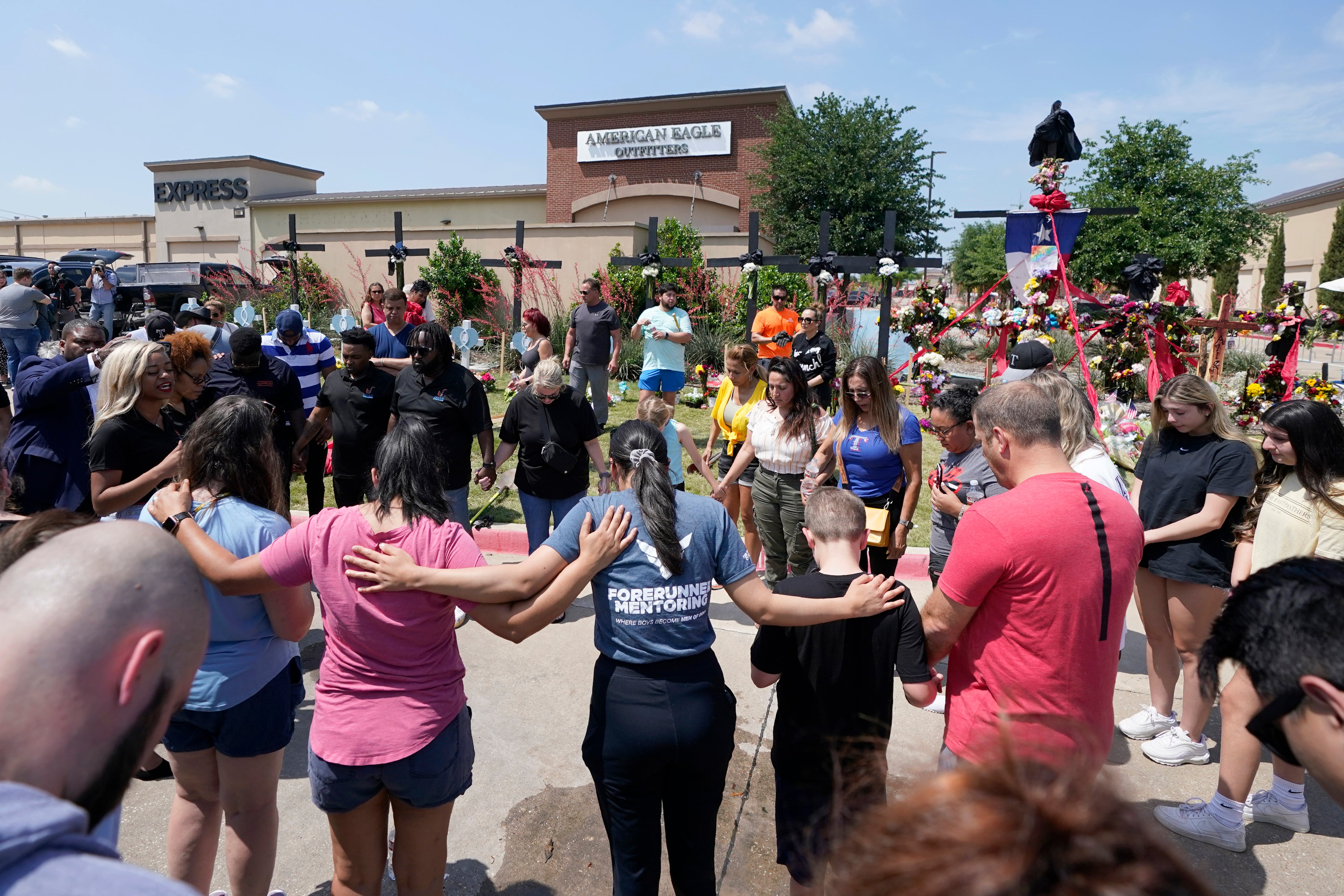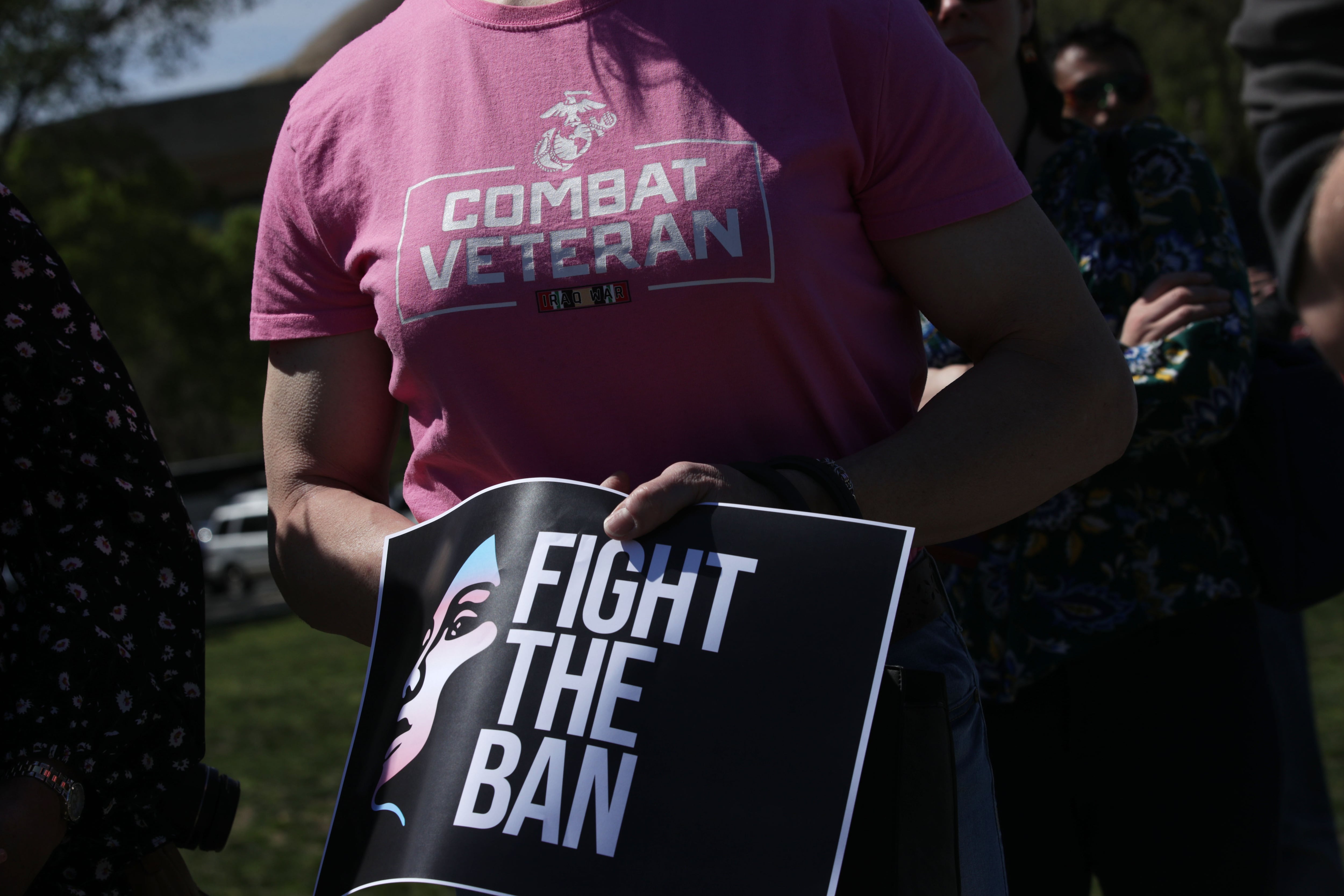After Mauricio Garcia killed eight people at a Texas mall last May, reports focused on two elements from his past: that he was a failed soldier and that he held extremist views.
Garcia had enlisted in the U.S. Army following high school but was dismissed from basic training three months later. After the shooting spree in Allen, attention turned to social media posts where he shared hateful views toward Jews, women and racial minorities.
Garcia’s behavior follows a pattern. He is one of 32 people dismissed by the U.S. military within weeks or months of enlistment, all later charged with extremist-driven plots and crimes, from mail bombings to bank robberies to mass shootings. That figure comes from Mike Jensen, a researcher who maintains a database of all extremist crimes in the U.S. for the National Consortium for the Study of Terrorism and Responses to Terrorism, known as START.
While these individuals are outliers among people with military backgrounds, their actions have led to deadly consequences, the data reveals. Almost half of those 32 former service members committed or plotted some form of mass casualty attacks – when four or more people are killed. Jensen described that as an alarmingly high rate when compared to criminal extremists overall.
What’s driving this increased violence? Perhaps the former service members harbor grievances toward the military that rejected them, or they’ve been recruited by extremist groups specifically because of their military affiliations and training, said Amy Cooter, a research fellow with the Center on Terrorism, Extremism, and Counterterrorism.
“It’s not necessarily surprising that they’ll run into problems with authority and maybe become even more angry and want to lash out in various ways because of their experiences before and after enlistment,” said Cooter, who studies the radicalization of service members.
The 32 crimes date back to 1994, and 15 of them were carried out by people who belonged to white supremacist movements. Cooter said it’s likely the people in this group had developed racial biases before entering the military and didn’t enlist with good intentions.
A new analysis released earlier this month studying three decades of extremist attacks found that a military background is the most commonly shared characteristic among extremists who committed or plotted mass casualty attacks from 1990 through 2022, more so than criminal histories or mental health problems.
Those extremists who failed out of the military early in their service were even more dangerous, START data show. Of the more than 3,000 people in the U.S. caught for extremist crimes overall, those who were dismissed from the armed forces during basic training were more than twice as likely to plot or follow through on mass casualty events.
Mental health problems, when combined with other factors such as substance abuse, could have an influence, Jensen said. Of the 32 people, about half separated because of psychological issues, according to START. Some were deemed physically unfit, while others deserted or were removed for bad conduct.
The military’s process to filter out recruits who don’t meet muster apparently worked in these instances, said Ellen Gustafson, co-founder of We The Veterans, a pro-democracy nonprofit of veterans and military families. Yet, the cases reveal the need for more intervention against radicalization when troops are forcibly separated from the military and vulnerable to recruitment, argued Wendy Via, co-founder of the Global Project Against Hate and Extremism.
The Pentagon recently added extremism education to its out-processing program, but further efforts to intervene will likely need the support of Congress, which has been deeply divided on the issue.
“Once they get rejected, there needs to be programs in place at that moment to prevent their recruitment into organized white supremacy,” said Via. “That’s a teaching moment.”

Failed soldiers turned mass killers
Three of the 32 extremists who failed out of the military early ended up carrying out successful mass casualty attacks, meaning the plots resulted in injury or death to four or more victims. Two other attacks were deadly but killed fewer than four people.
The cases include several well-known mass murders, as well as less recognizable incidents that were stopped before the perpetrators could carry out their plots.
There’s Richard Poplawski, a known follower of the white supremacist movement who was sentenced to death for the killing of three Pittsburgh police officers and injuring of two others in 2009. The Marine Corps discharged Poplawski a few years prior for throwing a food tray at a drill sergeant just three weeks after enlisting.
There’s Christopher Harper-Mercer, a student at Umpqua Community College in Oregon, who in 2015 slaughtered nine people on campus before killing himself, leaving behind a flash drive filled with hateful writings. He was deemed a white supremacist and an incel, someone who holds strong grievances against women and society for their lack of romantic success. Harper-Mercer failed out of basic training seven years before the attack.
And there’s James Fields, who was convicted of killing Heather Heyer when he drove his car into a group of counter-protestors at a “Unite the Right” rally in Charlottesville, Virginia, in 2017. Two years earlier, he joined the Army but was separated quickly because of a cited lack of motivation and failure to train.
Poplawski, Harper-Mercer and Fields are among 14 of the 32 failed service members, or 44%, who either attempted or committed mass casualty attacks.
“That mass casualty rate is pretty high – that really stood out to me,” Jensen said. “It’s high in comparison to other people with military backgrounds, and it’s high in comparison to the general population of extremists.”
Of the more than 3,000 people in the U.S. caught for extremist crimes overall, 19% plotted or committed mass casualty offenses. Among the 450 who served in the military, 37% planned or acted on those types of crimes, START’s data shows.
While these individuals had no ties to each other before their crimes, their names now live together in START’s database at the University of Maryland.
Garcia was the latest addition to that repository.
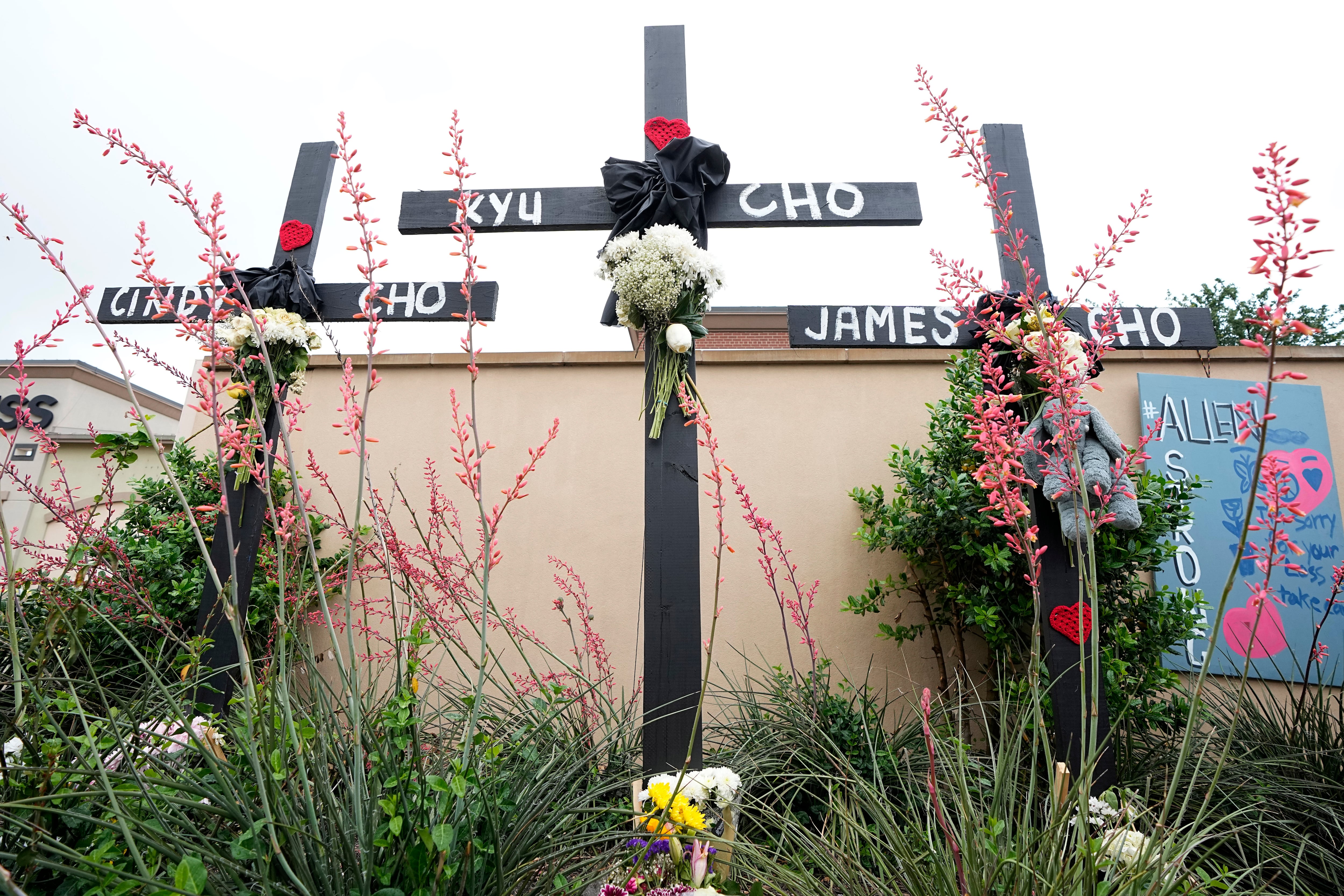
On Saturday, May 6, a busy shopping day at the outlet mall in Allen, Texas, Garcia killed five adults and three children, including three members of the same family: Kyu Song Cho, 37 and his wife, Cindy Cho, 35, along with their 3-year-old son James. Sisters Daniela and Sofia Mendoza, ages 11 and 8, were also killed, as were Elio Cumana-Rivas, 32, Christian LaCour, 20, and Aishwarya Thatikonda, 28. Several funds have been created to support their families.
Garcia, 33, was shot dead by police at the scene. Within hours, his military experience, as well as his extremist views, were brought to light.
Garcia went to Bryan Adams High School in East Dallas and graduated in 2008, the Dallas Independent School District confirmed. He entered the Army in June of that year and attended infantry training at Fort Benning, Georgia. He was dismissed from training after just three months due to a mental health issue, Army officials told Military Times, speaking anonymously to describe personnel records.
After the shooting, investigators found hundreds of posts Garcia authored on the Russian social media site Odnaklassniki that espoused white supremacist, neo-Nazi and incel beliefs, and revealed a proclivity for violence. He posted a few writings online about his time in the military, saying in one that he “met actual white nationalists [and] that’s when I became a full blown white supremacist.”
“If he’s to be believed, it was like he was starting to move to the right when he was in high school, and when he joined the military… that’s where he got verification of his thinking. It was solidified,” said Via, who analyzed hundreds of Garcia’s posts for the Global Project Against Hate and Extremism.
Anti-extremism groups, including the Global Project Against Hate and Extremism and the Southern Poverty Law Center, are blaming Garcia’s ideological beliefs for the murders. They pointed to writings in which he had articulated a desire to kill people from as far back as 2014.
At the shopping mall, located in a diverse Dallas suburb, Garcia fired an AR-15-style weapon into a crowd and wore tactical gear with a patch on his chest that read “RWDS,” an acronym for “Right Wing Death Squad” – a popular phrase among right-wing extremists. The shooting victims included three members of a Korean American family, as well as an engineer from India.
Several Texas-based groups, believing Garcia shot the victims because of their ethnicities, have called on Texas Department of Public Safety to acknowledge his extremist ideologies as a motive, as the department hasn’t yet announced what drove Garcia to kill.
Experts at the Anti-Defamation League aren’t so sure he was targeting victims because of their race. Garcia’s posts revealed he was a troubled, misogynistic loner, but there was no manifesto explaining a reason for his violence, the group said. It remains uncertain whether investigators have uncovered other evidence of what motivated him.
“Please understand that investigations of this magnitude take time and are criminal, limiting what we can share,” Lt. Oscar Villarreal told Military Times in an email.
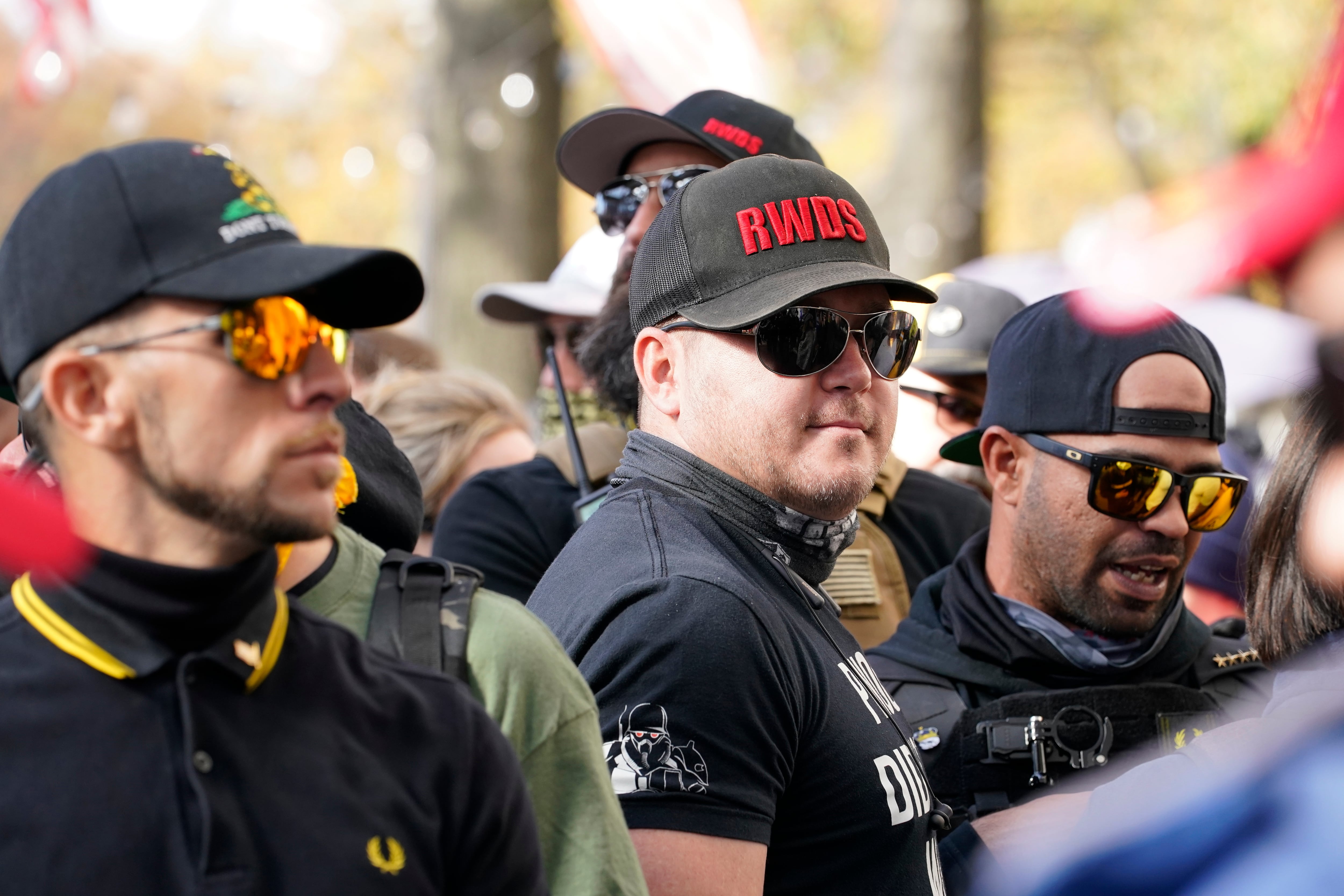
Domestic terrorism on the rise
The rate of extremism-driven crimes committed by people with entry-level military separations has increased in recent years. The 32 cases date back to 1994, but about one-third of the offenses occurred since 2020. And half of the perpetrators in the last three years were affiliated with white supremacist, incel or neo-Nazi groups.
One week after the Texas shooting, President Joe Biden claimed that white supremacy was the “most dangerous terrorist threat to our homeland” – a point that some members of the GOP have argued against. Rep. Cory Mills, R-Fla., an Army veteran, described Biden’s comments as “ludicrous” and disrespectful to service members who “put their lives on the line… protecting us from real threats.”
However, the Department of Homeland Security and Office of the Director of National Intelligence have made the same claim over the past few years. A bulletin issued by Homeland Security in November warned of a heightened threat environment in the U.S. because of ideological extremists. They pose a lethal danger to the LGBTQ+ community, schools, racial and religious minorities and ideological opponents, Homeland Security wrote in the bulletin, which just expired May 24.
The rate of extremism-driven crimes committed by people with entry-level military separations has increased, with about one-third of the offenses since 2020.
According to the Government Accountability Office, incidents of domestic terrorism increased by 357% between 2013 and 2021, and racially- or ethnically-motivated extremists committed the most violent crimes during that time. START data shows that about half of all Americans charged with extremist crimes since 1948 were affiliated with far-right ideologies, while 18% were tied to Islamic terrorism and 17% held far-left beliefs.
That trend is reflected in the 32 cases of failed military personnel. Most of those perpetrators were affiliated with at least one extremist group. About 45% belonged to a white supremacy organization, while 22% had supported al-Qaeda, the Taliban or the Islamic State group.
The split among ideologies has changed over time. Since 2020, five offenders had white supremacy or incel beliefs, three were unaffiliated, one was part of the anti-government group Wolverine Watchmen, and one was a member of the far-left, anti-fascist group Antifa. None had ties to Islamic terrorist organizations.
“We’ve got people from the militia movement, like the Three Percenters, and a couple individuals have ties to the incel movement,” Jensen said. “We have accelerationist groups, that would be Feuerkrieg or The Base… and in some of the older cases, organizations like Aryan Nations are represented.”

Five people were added to the database for crimes committed in 2020 – the most of any year since START began tracking the information. Justen Watkins, who didn’t finish Army basic training, was convicted of gang membership felonies that year for his ties to The Base, a militant neo-Nazi organization that hopes to spur a race war. Later in 2020, Paul Bellar was convicted of hatching a plot to kidnap Gretchen Whitmer, the democratic governor of Michigan. Bellar, of the Wolverine Watchmen, was previously booted from the Army National Guard for not completing basic training.
That same year, three people were charged for violent actions taken during police brutality protests following the murder of George Floyd in Minneapolis. Bryce Michael Williams, who was medically discharged from the Air Force, was convicted of conspiring to commit arson for setting fire to the Minneapolis Police Department’s Third Precinct building. Jabari Davis was convicted of attempting to set fire to a marked police vehicle in Raleigh, N.C. He previously opted to leave the Army National Guard after an unknown incident caused him to restart basic training.
While those two men weren’t affiliated with a specific extremist group, a third, Adrian Wood, was a member of Antifa. Wood, who left the Army because of illness, pleaded guilty to civil disorder for throwing a brick through the window of a police car in Wilmington, Dela.
More recent additions to START’s database stemmed from the Jan. 6, 2021, attack on the U.S. Capitol, when supporters of former President Donald Trump stormed the building in an attempt to stop Congress from certifying the 2020 election results. The 32 cases include two people who were convicted for their participation in the riot.
Thomas Baranyi pleaded guilty to entering and remaining inside a restricted building during the Jan. 6 attack. Baranyi had previously joined the Marine Corps but was medically discharged during basic training. Ethan Nordean, a leader of the neo-fascist Proud Boys and a Navy dropout, was convicted in May of seditious conspiracy for his role in plotting to attack the Capitol.
Also in 2021, Matthew Ryan Burchfield, a known member of The Base, was detained in Ukraine for fighting as part of a neo-Nazi group. Burchfield left the Marine Corps because of unspecified complications, according to START’s data. The same year, Tres Genco, an Army basic training dropout who self-identified as an incel, pleaded guilty to plotting a mass killing of women at the University of Ohio.
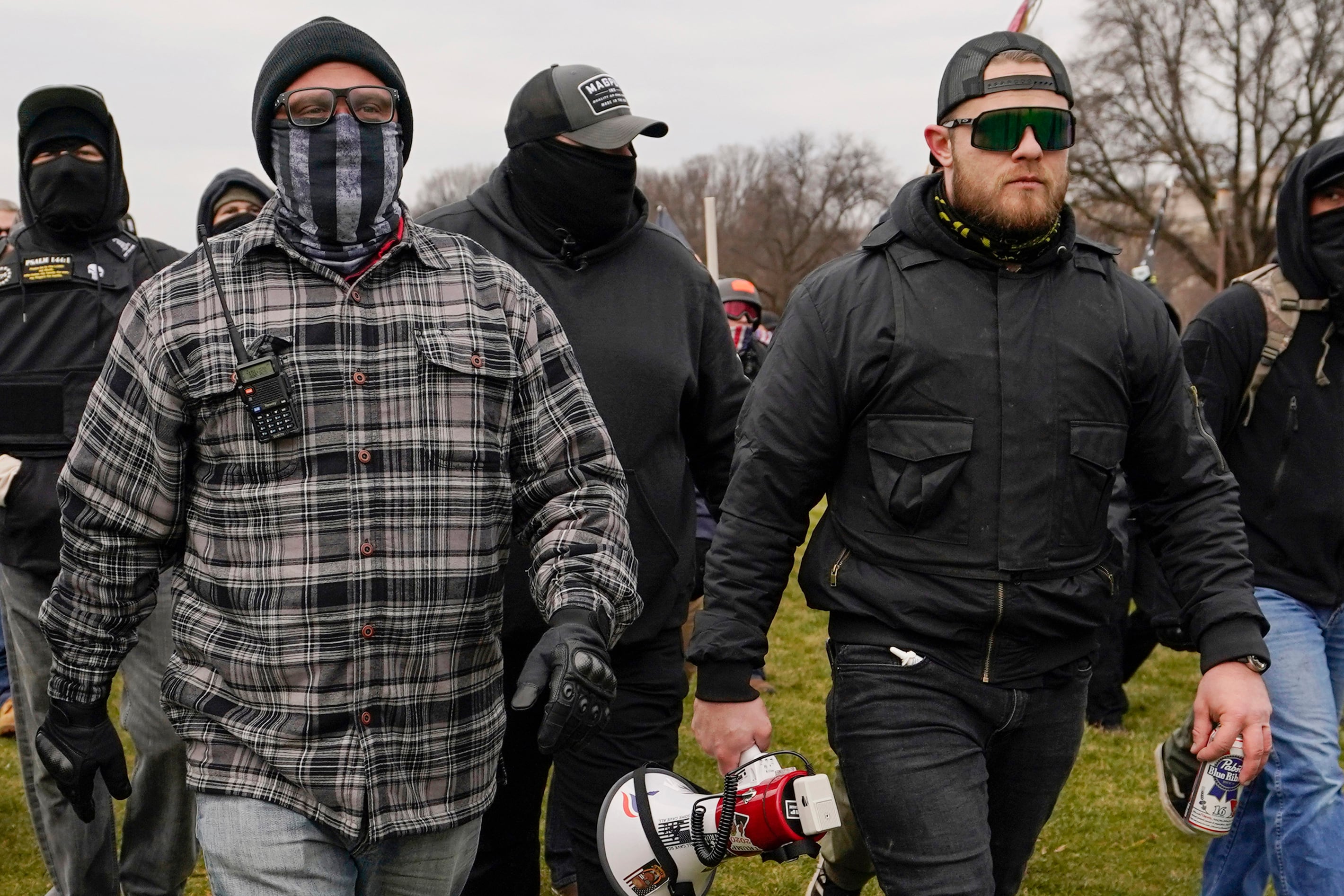
The ‘last chance’ to stop radicalization
Since the Capitol riot, debate has raged in Congress about the Pentagon’s efforts to address extremism in the ranks. Republican lawmakers have tried to defund the Defense Department’s diversity and anti-extremism training, decrying it as an effort to politicize the military and tarnish its public image.
The Pentagon in 2021 created a Countering Extremism Working Group, which made six recommendations before it was dissolved by year’s end. One of the few ideas that has since been implemented is a lesson on extremism given to service members when they’re separated from the military.
Service members undergo pre-separation counseling through the transition assistance program, or TAP, when they exit the armed forces. A slide about extremism is now included in the transition presentation, said Navy Cmdr. Nicole Schwegman, a DOD spokesperson. The contents of the slide, shared with Military Times, remind troops of their oath to support and defend the U.S. Constitution and encourage exiting service members to “guard against attempts to be radicalized, continue to take a stand against extremism organizations, and report suspicious activities to proper authorities.”
“This language is intended to remind the service member of their previous (military service-provided) anti-extremist training and options to report suspicious activities or radicalization attempts,” Schwegman said in an email.
Jensen was encouraged by the addition of extremism training to the transition assistance program, describing it as the military’s “last chance” to put exiting service members on the defense against radicalization. But he said more could be done.
In 2022, START urged the Pentagon to teach troops throughout their service the tactics to spot disinformation, as well as identify different types of manipulative techniques extremist groups could use to recruit them.
“If you give them tools to recognize when manipulation is being used and disinformation is present, later on in life when they encounter that stuff, they have the skills they need to engage with it in a critical way,” Jensen said. “They will not just blanketly accept the things they’re reading online.”
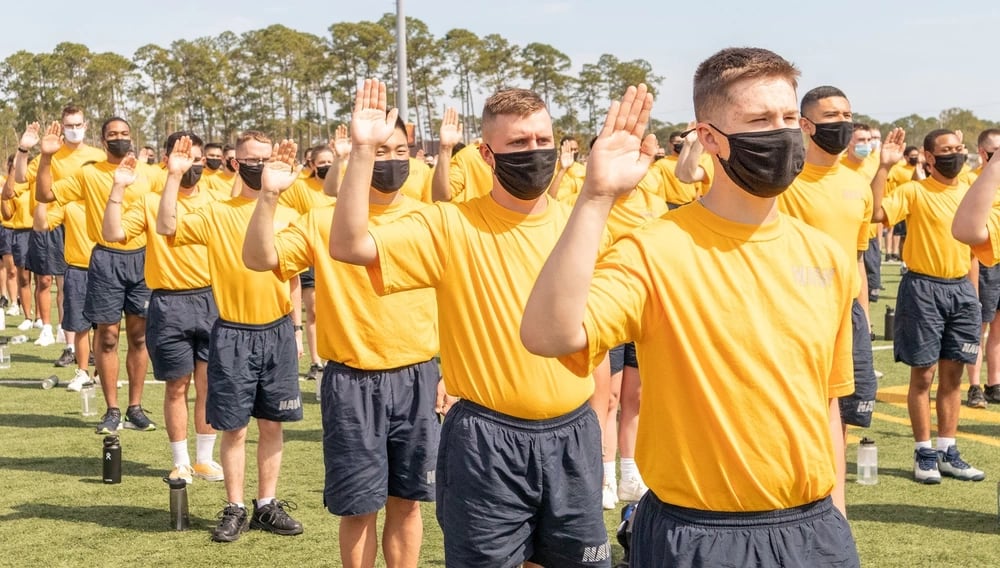
START shared that idea with the Pentagon’s Countering Extremism Working Group in 2021. But since the group disbanded, extremism prevention has been divvied up among individual branches, Jensen said, complicating communication between START and the military.
Other experts and advocacy groups have different ideas about how the government can address the issue. Following the Texas shooting, the Global Project Against Hate and Extremism suggested developing procedures specifically for troops that are forcibly separated and therefore, statistically more vulnerable to extremist recruitment.
“They’re leaving and they don’t want to, and they’re angry,” Via said. “It makes them that much more vulnerable to recruitment, especially if they have expressed any white supremacist or bigoted tendencies.”
The heated and fiercely divided public and political discourse since then have only made the situation worse, Via and her co-founder, Heidi Beirich believe. Beirich said that after years of pushing Congress to take action, she and her colleagues have come to expect lawmakers to either ignore the issue of extremism in the military or politicize it to the point of gridlock.
“The Department of Defense must rise above the sad state of U.S. politics and bring its focus back to coming up with solutions,” Beirich said.
At the Center on Terrorism, Extremism and Counterterorrism, Cooter is working on a study using input from formerly radicalized veterans, as well as veterans who witnessed extremism in the ranks. Based on those interviews so far, she thinks the Pentagon should undertake a broader overhaul of its transition programs to include more job support and mental health resources.
This story was produced in partnership with Military Veterans in Journalism. Send tips to MVJ-Tips@militarytimes.com.
Nikki Wentling is a senior editor at Military Times. She's reported on veterans and military communities for nearly a decade and has also covered technology, politics, health care and crime. Her work has earned multiple honors from the National Coalition for Homeless Veterans, the Arkansas Associated Press Managing Editors and others.
